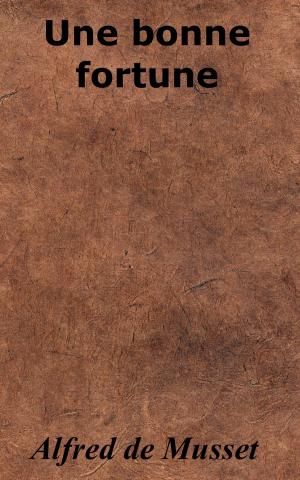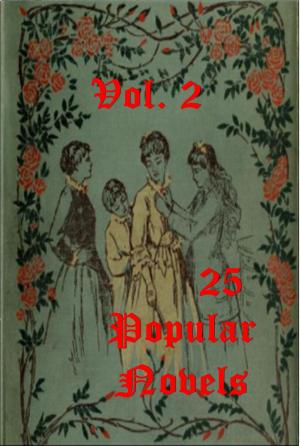| Author: | Jim Stout | ISBN: | 9781625170736 |
| Publisher: | Jim Stout | Publication: | December 19, 2012 |
| Imprint: | Jim Stout | Language: | English |
| Author: | Jim Stout |
| ISBN: | 9781625170736 |
| Publisher: | Jim Stout |
| Publication: | December 19, 2012 |
| Imprint: | Jim Stout |
| Language: | English |
Long before the first white hunters trudged across the boundary mountains into the "Cherry River” country and discovered the amazing wealth of timber and minerals here, it was favored by the Indians as a place to hunt and fish, and collect herbs and ramps. The weather here was nearly a constant, year after year. The warm winds off the Gulf of Mexico were often saturated with moisture, and where they collided with cooler masses of air over the southern Virginia high country the rain and snow resulted in luscious growth of oak and chestnut and beech and conifers, which grew to prodigious size, and produced a forest floor rich with well nourished under growth. This virgin forest was enormous; a true "gold" field waiting to be developed and unlike the gold of the west, it was easily visible to all. The Cherry River was formed at this place by two streams of clear rippled water which traveled over miles of gravel and sand bottoms. The North Fork and the South Fork, as they were later called by the settlers, flowed constantly in all seasons. The Cherry flowed through a narrow valley, flowing north from here to the Gauley, which flowed west by south to meet the New at Gauley Bridge to form the Great Kanawha, which flows into the Ohio, providing early settlers a treacherous route to float log rafts to market. .
Long before the first white hunters trudged across the boundary mountains into the "Cherry River” country and discovered the amazing wealth of timber and minerals here, it was favored by the Indians as a place to hunt and fish, and collect herbs and ramps. The weather here was nearly a constant, year after year. The warm winds off the Gulf of Mexico were often saturated with moisture, and where they collided with cooler masses of air over the southern Virginia high country the rain and snow resulted in luscious growth of oak and chestnut and beech and conifers, which grew to prodigious size, and produced a forest floor rich with well nourished under growth. This virgin forest was enormous; a true "gold" field waiting to be developed and unlike the gold of the west, it was easily visible to all. The Cherry River was formed at this place by two streams of clear rippled water which traveled over miles of gravel and sand bottoms. The North Fork and the South Fork, as they were later called by the settlers, flowed constantly in all seasons. The Cherry flowed through a narrow valley, flowing north from here to the Gauley, which flowed west by south to meet the New at Gauley Bridge to form the Great Kanawha, which flows into the Ohio, providing early settlers a treacherous route to float log rafts to market. .















